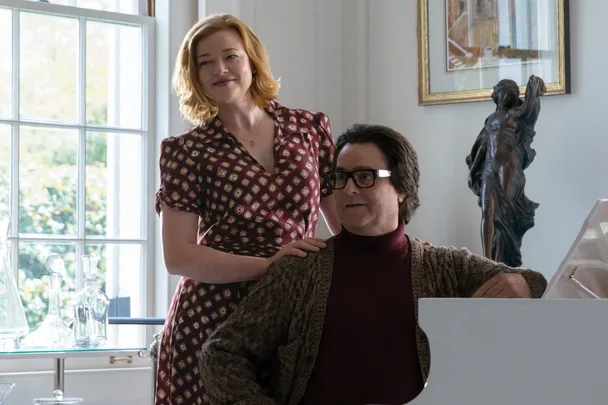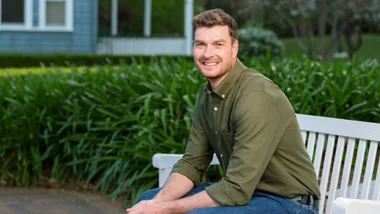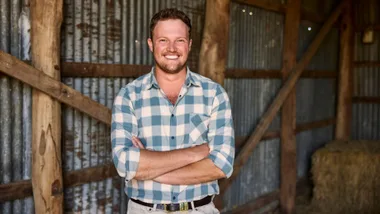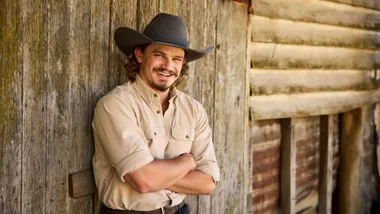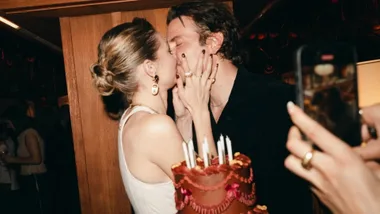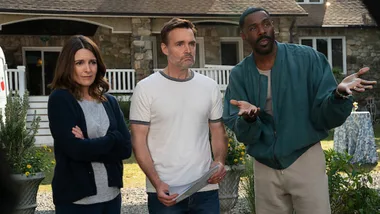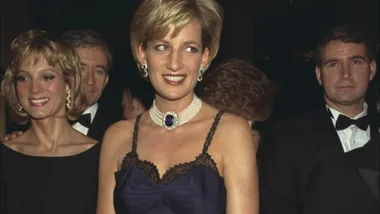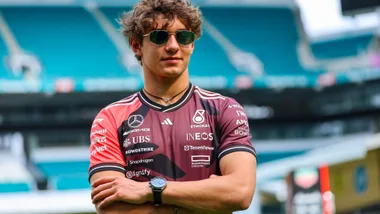There are parts of the truth you just can’t make up. And yet, that’s exactly what Apple TV+ did with its funny, fast-paced, and visually dazzling new film, The Beanie Bubble.
Inspired by the plush toy craze of the ‘90s—a time when America lost its collective mind over little beanbag-stuffed animals—directors Kristin Gore and Damian Kulash Jr. filled the gaps of the real-life phenomenon and instead chose to focus on the women who made it all happen.
Told from three different points of view—narrated by Robbie Jones (Elizabeth Banks), Sheila Harper (Sarah Snook) and Maya Kumar (Geraldine Viswanathan)—the feature film explores and celebrates the journeys of the women whose names don’t appear on the heart-shaped tag.
As their lives interweave in surprising ways over two decades, there’s one character who remains in their orbit; toy salesman Ty Warner (Zach Galifianakis), who, with the help of all three women, turned stuffed animals into investments.
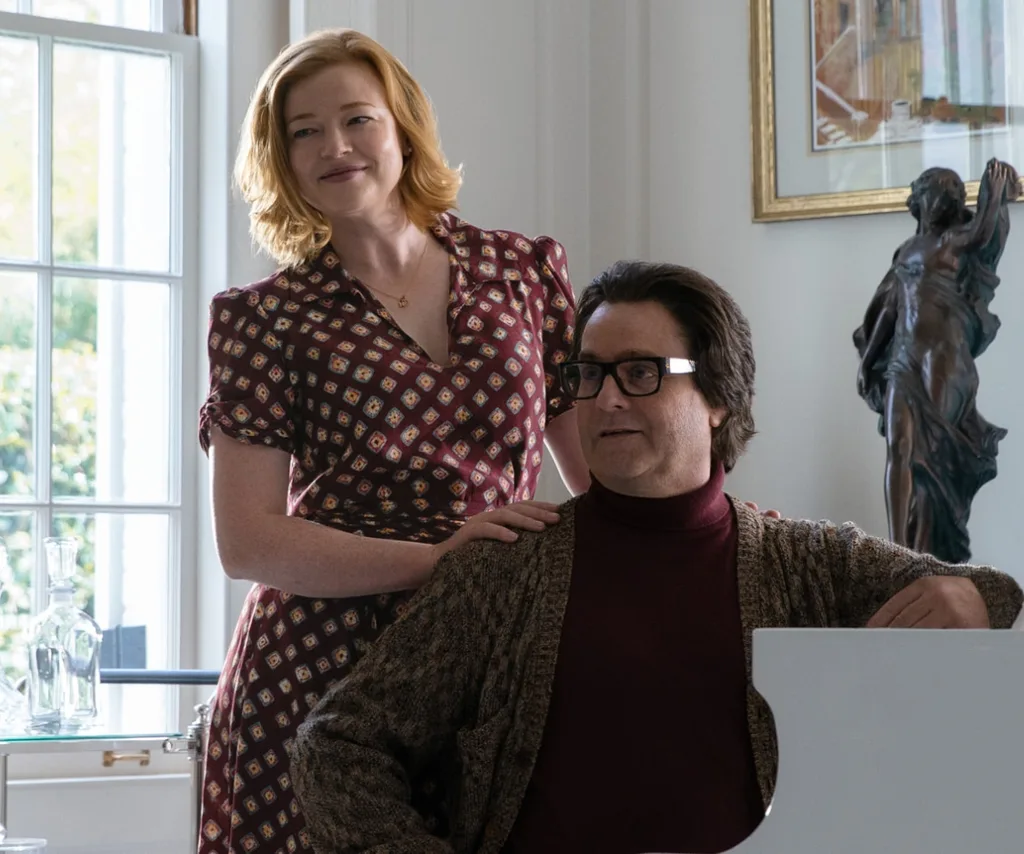
While the story itself is fictional, the film is based on Zac Bissonnette’s novel, The Great Beanie Baby Bubble: Mass Delusion and the Dark Side of Cute, which draws inspiration from very real, and very bizarre, events.
“When we read the book and saw what was behind it, it was the threads of so much we find fascinating and troubling about modern society and how we got to where we are now,” Kulash told marie claire Australia*.
“The insane universe in which this economic bubble happened, the female relationship to the American dream is laid out in such a painful detail and our relationship to technology and the relationship to greed and values,” he added.
But it wasn’t the story of a product that succeeds despite its unlikeliness, or about a man who gets wealthy, that the directing duo were interested in telling. Rather, it was the voices that went unheard when the whole world was listening.
“What we cared about was the recurring story that you see over and over again. That over the course of those two decades, you see the same story happen in so many different women, and that’s why we structured it in such an unconventional way,” Kulash said.
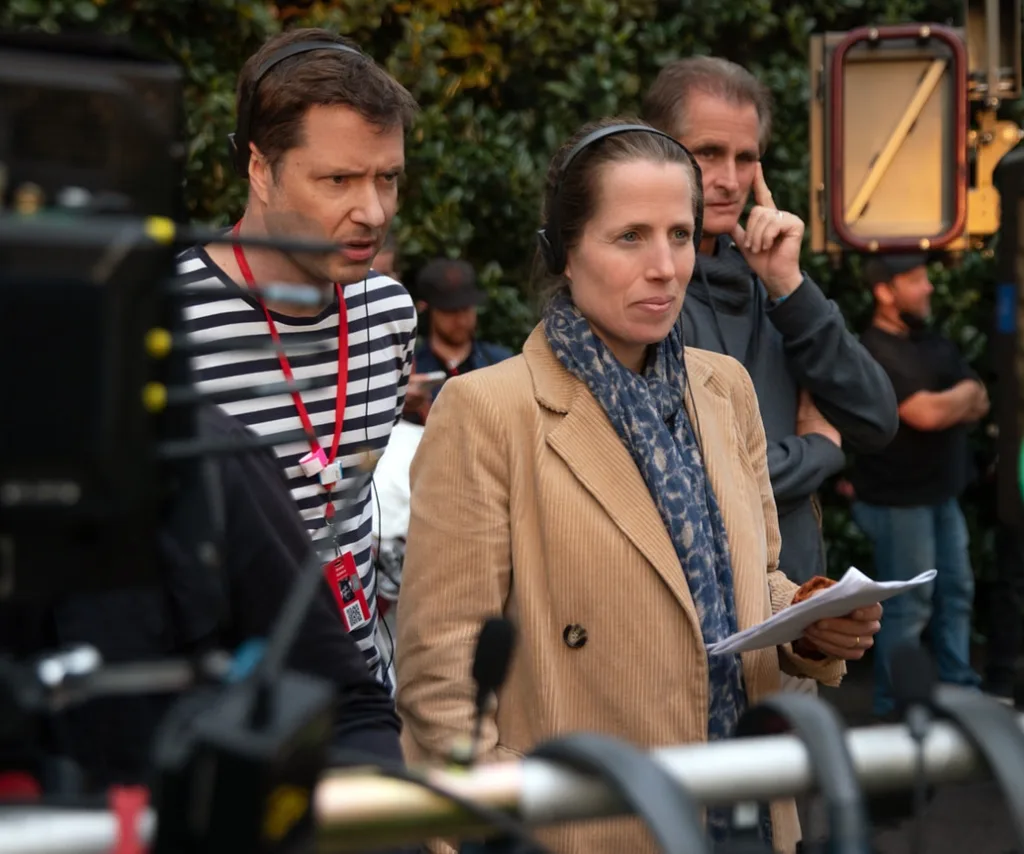
How Did Beanie Babies Get So Popular?
The ‘90s was a crazy time. The internet was new. Boomers were taking over. And stuffed animals were considered investments.
That is, in essence, what occurred in the mid-‘90s when the Beanie Baby craze exploded as the plush animals became hugely popular with kids, and their parents, too.
Founded by Ty Warner, toy company Ty Inc. was at the centre of it all, having created a variety of colourful, beady-eyed animals that were under-stuffed with PVC pellets—a key feature that made them posable, and thus more lifelike.
However, it wasn’t until Ty Inc. employee Lina Trivedi came up with the idea to assign birthdays and poems to each toy that Beanie Babies exploded in popularity.
Just like that, the Beanie Baby craze was born.
Despite their low retail value (they went for just $5 a piece) adult collectors saw the toys as an opportunity to get rich by reselling the toys at a higher price on eBay.
The frenzy was fuelled by the fact that demand for the toys constantly outpaced supply, making their rarity feel real to consumers as well as retailers as the chance to claim retired Beanie Babies in circulation incited buying frenzies nationwide.
But, by the end of the ‘90s, the Beanie Baby bubble popped, and sales began to fall. Despite Ty Inc.’s attempts to revive the same fanaticism from collectors, it never reached the same hype as it once did.
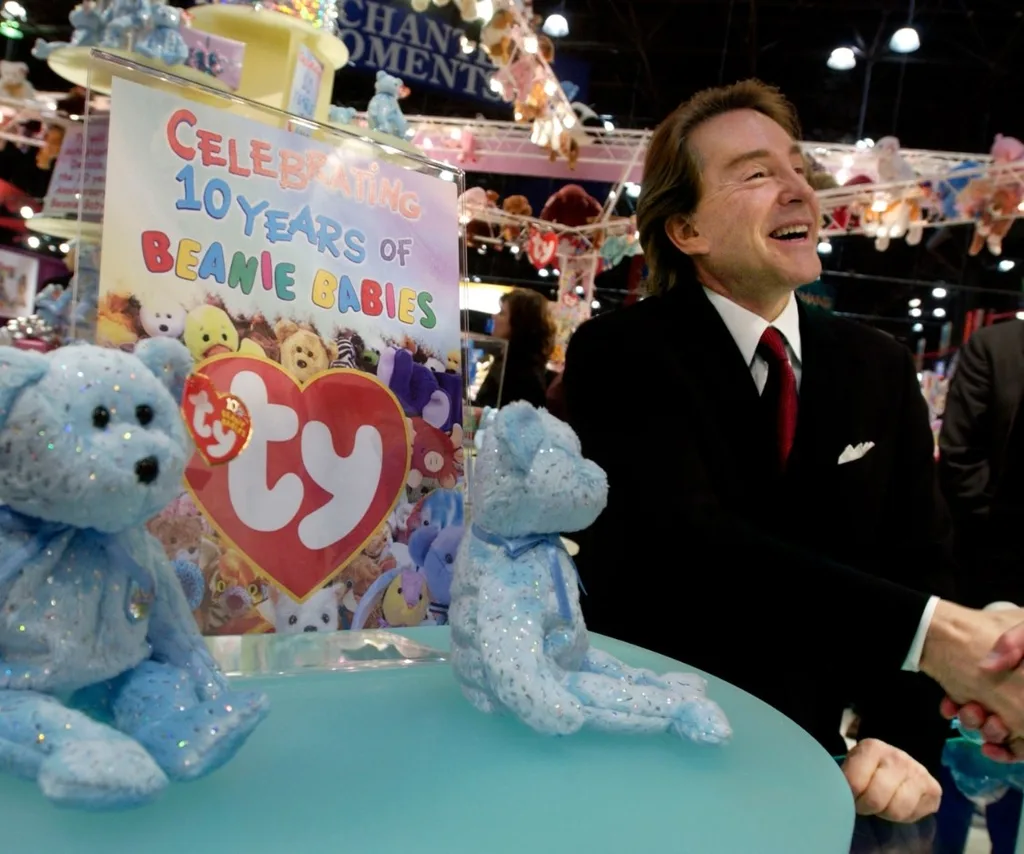
Is ‘The Beanie Bubble’ Based On A True Story?
Although the extraordinary tale explored in The Beanie Bubble is based in fact, most of the characters are fictional. The key exception, of course, is Ty Warner (Galifianakis), who put his own unique spin on the “very capitalistic guy running amuck in the ‘90s”.
“It’s a fictionalised version of this man, it’s important that I say that because I would never say, ‘I studied him, and this is how he talked and walked and all that’. I didn’t have those tools,” Galifianakis explained.
“However, even if I did, I don’t know if I would’ve used them, because it’s an essence of a personality that’s more important than trying to get the mannerisms of the person. Mannerisms only speak a little bit, whereas the essence is what I was more interested in.”
With very little to go off—having found virtually no interviews or footage of Ty during his research— Galifianakis found the wardrobing to be incredibly helpful when it came to how he approached his version of the larger-than-life character.
“Once you put that stuff on, there’s only certain ways you can walk. You have confidence if you put a pink suit on—you don’t see a lot of people wearing three-piece pink suits and their body language is kind of sheepish,” he laughed.

The three fictional characters are involved at different parts of the Beanie Baby craze. There’s Robbie Jones (Banks), Ty’s co-founder and occasional lover; Sheila Harper (Snook), the designer whose love and support was instrumental in Ty’s success; and Maya Kumar (Viswanathan), the 17-year-old college freshman who finds herself tangled in Ty’s web and is ultimately the one who stumbles across eBay–the place where Beanie Babies become a cultural phenomenon.
The character of Robbie was largely inspired by Ty’s ex-girlfriend Patricia Roche.
“There were a lot of touch points, but I also, as an actor, felt really freed by this notion that we were dramatising so much of it and that Patty was an inspiration and a jumping-off point but Robbie, I had to create a real character out of what Kristin Gore’s script offered me,” Banks said.
“But I honestly didn’t do a lot of research on her because I didn’t want to feel beholden to the real person in any way knowing that ultimately I needed the freedom to create a character that I could really latch onto and that could really be my own.”
The character of Sheila Harper appears to be inspired by Faith McGowan, Ty’s long-time girlfriend who was also involved in the operations of Ty Inc., and features Snook in her first major role following the cultural juggernaut that was Succession.
As for Maya Kumar, real-life Ty Inc. designer Lina Trivedi is where you’ll find most similarities, as she not only wrote the original poems on the Beanie Baby tags but also ran the Beanie Baby website to sell directly to customers.
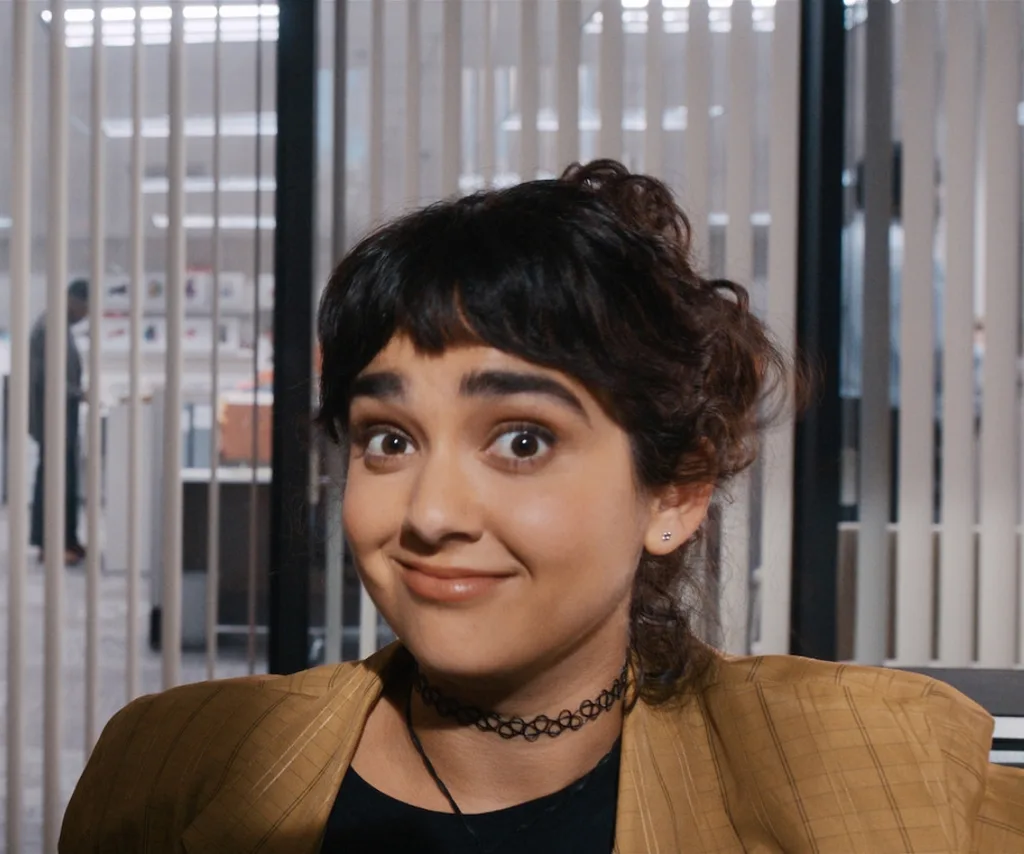
While the film draws substantially from Bissonnette’s book and on the key women behind the scenes, Gore noted that it also takes some liberties for dramatic and comedic effect.
“Since we are making a work of art, we have some places where it’s composite for artistic reasons, and so we change names and we collapsed characters together,” she said.
“It was important to us because our focus was on these women’s stories. We really wanted it to feel universal and to feel like so many people could connect to what they’re seeing these women go through.”
Where To Watch ‘The Beanie Bubble’ In Australia
The Beanie Bubble will be available to stream online when it premieres on Apple TV+ on July 28, 2023.
Stream The Beanie Bubble on Apple TV+ with a 7 day free trial. Subscribe here.
*The interviews were conducted prior to the SAG-AFTRA strike going into effect.
